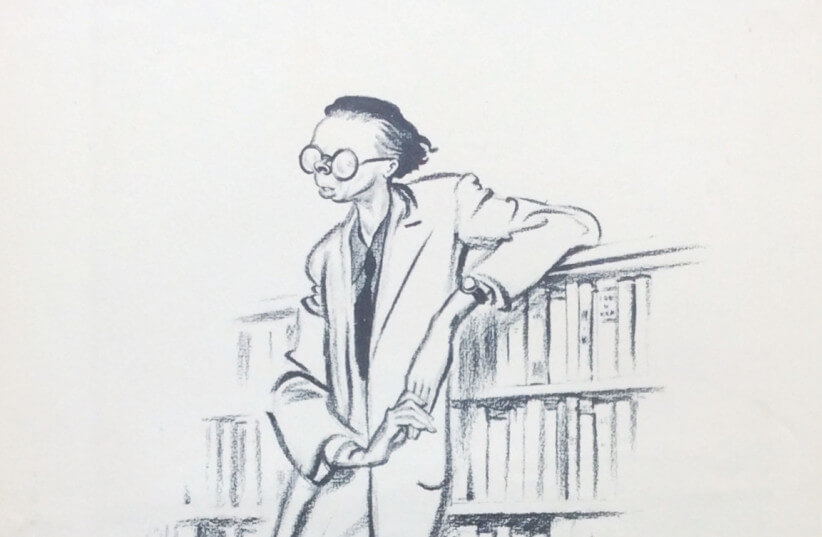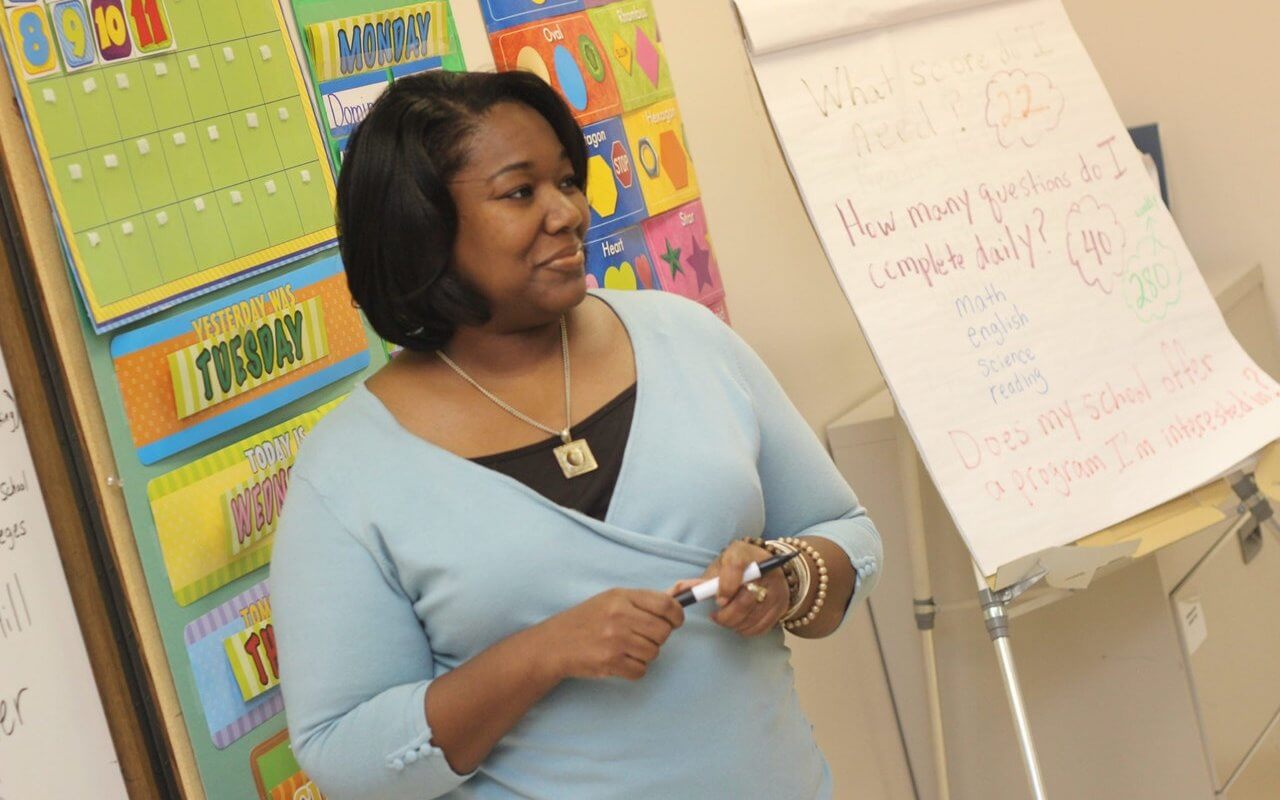The original article is published at JPost.com
Check out the original article as featured in the JPost magazine here.
The troubling story of Michael Laudor leaves many unanswered questions, including the central one: How do we respect the autonomy and decision-making of a person with serious mental illness?
When author Jonathan Rosen was growing up in the New York suburbs of New Rochelle in the 1970s, he had no idea that he and his friend Michael Laudor, two smart Yale-bound Jewish boys, sons of professors with similar backgrounds, would ultimately encounter such different life paths.
The Best Minds: A Story of Friendship, Madness and the Tragedy of Good Intentions is Rosen’s latest and longest book (by far), which reportedly took 10 years of time, research, and emotional energy to write. It is part memoir, part history of mental health and mental illness, and part psychology text.
Rosen and Laudor went on to graduate from Yale. Rosen then completed coursework toward a PhD in literature at University of California, Berkeley; married a rabbi; had two children; and began to write and edit for such publications as The New York Times and The Forward. He has written five books so far – two novels and three nonfiction books.
Laudor, the more naturally gifted of the two, graduated Yale summa cum laude within three years. Subsequently, he worked for a year in a high-pressured job in management consulting at the prestigious firm of Bain and Company.
His life then took an unexpected turn when he began to experience auditory hallucinations and paranoia.Laudor was hospitalized for eight months in a locked ward at Columbia Presbyterian Hospital, where he was diagnosed with schizophrenia. Following a stint in a halfway house where it was suggested that he might ease back into life by working as a clerk at Macy’s department store, he surprisingly decided to attend Yale Law School.

1933 caricature of Aldous Huxley by cartoonist David Low. (credit: Wikimedia Commons)
Thanks to the support and kindness of professors, deans, and fellow students, Laudor managed to graduate, although he wasn’t able to secure employment as a lawyer in a firm. He did, however, achieve notoriety and an extremely highly paid book and movie deal when his story was featured in a 1995 New York Times article titled “A Voyage to Bedlam and Partway Back: Yale Law Graduate, a Schizophrenic, Is Encumbered by an Invisible Wheelchair.”
Laudor ultimately had difficulty making progress on the book and eventually went off his medication and experienced worsening symptoms of psychosis and paranoia.
In 1998, Laudor killed his live-in girlfriend and future wife, who, the reader painfully learns, was pregnant with their first child. Laudor was ultimately found not responsible for the killing “by reason of mental disease or defect” (also known as “not guilty by reason of insanity”). He has spent the last 25 years at the Mid-Hudson Forensic Psychiatric Center, a secure psychiatric facility 55 miles northwest of New York City, where Rosen has visited him on several occasions.
The Best Minds represents Rosen’s attempt to examine their unremarkable suburban New York childhoods, their mostly similar but ultimately very different paths, and the multiple ways the mental health establishment failed Laudor and society at large.
It has taken Rosen over 500 pages to chronicle this heartbreaking story, with an additional three pages of “notes on the sources” and a 21-page index, all well worth the time, effort, and emotional energy the reader will need to invest in this book.
Rosen’s former department in the literature graduate program at UC Berkeley might retrospectively consider granting him the PhD he never received when he failed to complete his doctoral dissertation.
The dense, heavy book contains beautiful prose and consists of four distinct parts, of eight to 15 chapters each.
The parts of the book
Rosen has a keen memory and an eye for detail and recounts many events small and large from childhood, adolescence, and young adulthood, making important connections to world events, larger societal trends, and phenomena.
PART I: “The House on Mereland Road” poignantly and playfully recounts the two men’s childhood, capturing the sights, sounds, and smells of the late 1960s and early ‘70s with references to everything from Jim Croce and Jethro Tull to Annie Hall and Rosen’s anxiety-filled bar mitzvah.
Part II: “The House of Psychiatry” weaves his experience at Berkeley, describing brilliant creative types such as Aldous Huxley who lived life with mental illness, and recounts a period in psychiatry when schizophrenia was considered by some to be a “social construct,” and hallucinations were equated with genius. Rosen has clearly dedicated an inordinate amount of time to reading and learning about the history of mental health and policy in America, including deinstitutionalization [a movement advocating the transfer of mentally disabled people from institutions, back to their families or into community-based homes] and the community mental health movements.
Part III: “The House of Law” describes the supportive environment Laudor found at Yale Law School, the school he had deferred while in the hospital and in the halfway house. Rosen describes surprisingly supportive professors and deans (many who helped write decisions about deinstitutionalization which would impact mental health policy) while clerking for Supreme Court justices who were invested in making things work for Laudor but may have inadvertently done him a disservice through their coddling and protecting of him while in law school.Rosen writes, “Michael found an adoptive Jewish father behind every classroom door. These brilliant, egotistical, softhearted men, as impossible to please as they were idealistic, terrorize students without even knowing it.”
Part IV: “The House of Dreams” details an important New York Times article about Laudor; his $600,000 book deal with Scribner; the movie in the works by actor and director Ron Howard, with Brad Pitt slated to be the lead actor; and Laudor’s life in Hastings-on-Hudson with his fiancée, Caroline Carrie Costello, known affectionately as “Carrie.” The harrowing story of Laudor’s time on the lam before being caught, featured on the cover of the New York Post with the simple caption “Psycho,” and his long-term fate are chronicled in this final part of the book.In many ways, the title of the book says it all and, at the same time, requires some rabbinic unpacking. The reference to “best minds” refers to the brilliance of Laudor, as well as to the legal and medical experts, judges, Yale Law School professors, mental health advocates, the Beat generation who saw people with mental illness as misunderstood geniuses, and even New York Times writers, book publishers, and movie houses that embody what Rosen refers to in the subtitle as The Tragedy of Good Intentions.
It was their “good intentions” that led to the deinstitutionalization of the mentally ill – even when there were not adequate community services available to support the formerly institutionalized. Their intentions also led to articles in leading papers focusing more on the accomplishments than the struggles of people living with and sometimes “battling” schizophrenia, such as Laudor and University of Southern California (USC) Gould Law School’s Elyn Saks, professor of law, psychology, psychiatry, and behavioral sciences.
It was those with “good intentions” that helped create a system where psychotic people who refuse medication can only be “committed” against their will once they are a true danger to self or others – even while worried family members beg for police and psychiatric intervention.
“Best minds” also refers to a line in a 1954 Allen Ginsberg poem titled “Howl” or “Howl for Carl Solomon.” Ginsberg met Solomon while both were hospitalized at the New York State Psychiatric Institute. Ginsberg, no stranger to mental illness, grew up with a paranoid schizophrenic mother. “Howl” includes the line “I’ve seen the best minds of my generation destroyed by madness.”
Rosen provides the reader with hours of material to read and digest.
In the end, however, the troubling story of Michael Laudor leaves many unanswered questions, including the central one: How do we respect the autonomy and decision-making of a person with serious mental illness – through the calm phases and when he or she decides to go off medication? And how do we protect family members and society from a person and a system that can do nothing until he or she is dangerous to himself or others?
THE BEST MINDS: A STORY OF FRIENDSHIP, MADNESS, AND THE TRAGEDY OF GOOD INTENTIONS By Jonathan Rosen Penguin 562 pages; $25


